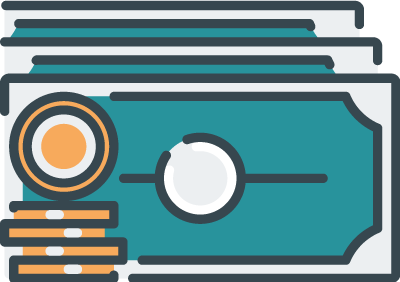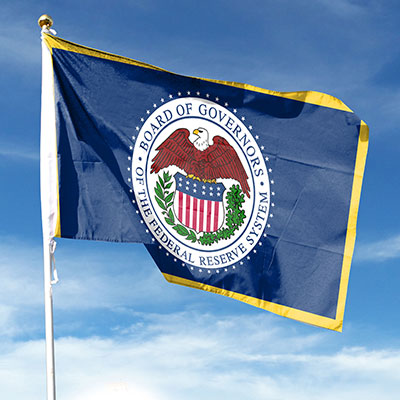Table of Contents
What is the Federal Reserve?
 The Federal Reserve System is the central bank of the United States. The Federal Reserve System performs five functions to promote the effective operation of the U.S. economy and, more generally, to serve the public interest. It includes three key entities: the Board of Governors, 12 Federal Reserve Banks, and the Federal Open Market Committee.
The Federal Reserve System is the central bank of the United States. The Federal Reserve System performs five functions to promote the effective operation of the U.S. economy and, more generally, to serve the public interest. It includes three key entities: the Board of Governors, 12 Federal Reserve Banks, and the Federal Open Market Committee.
It performs five general functions to promote the effective operation of the U.S. economy and, more generally, the public interest. The Federal Reserve conducts the nation’s monetary policy to promote maximum employment, stable prices, and moderate long-term interest rates in the U.S. economy; promotes the stability of the financial system and seeks to minimize and contain systemic risks through active monitoring and engagement in the U.S. and abroad; promotes the safety and soundness of individual financial institutions and monitors their impact on the financial system as a whole; fosters payment and settlement system safety and efficiency through services to the banking industry and the U.S. government that facilitate U.S.-dollar transactions and payments; and promotes consumer protection and community development through consumer-focused supervision and examination, research and analysis of emerging consumer issues and trends, community economic development activities, and the administration of consumer laws and regulations.
 The 11th edition of The Fed Explained: What the Central Bank Does is provided by the agency, and details the structure, responsibilities, and work of the U.S. central banking system.
The 11th edition of The Fed Explained: What the Central Bank Does is provided by the agency, and details the structure, responsibilities, and work of the U.S. central banking system.
History of the Federal Reserve
Additional information provided by the Federal Reserve addresses its history and independence, offering: “The Federal Reserve System is not “owned” by anyone. The Federal Reserve was created in 1913 by the Federal Reserve Act to serve as the nation’s central bank. The Board of Governors in Washington, D.C., is an agency of the federal government and reports to and is directly accountable to the Congress.
The Federal Reserve derives its authority from the Congress, which created the System in 1913 with the enactment of the Federal Reserve Act. This central banking “system” has three important features: (1) a central governing board—the Federal Reserve Board of Governors; (2) a decentralized operating structure of 12 Federal Reserve Banks; and (3) a blend of public and private characteristics.
The Board—appointed by the President and confirmed by the Senate—provides general guidance for the Federal Reserve System and oversees the 12 Reserve Banks. The Board reports to and is directly accountable to the Congress but, unlike many other public agencies, it is not funded by congressional appropriations. The Chair and other staff testify before Congress, and the Board submits an extensive report—the Monetary Policy Report—on recent economic developments and its plans for monetary policy twice a year. The Board also makes public the System’s independently audited financial statements, along with minutes from the FOMC meetings.”
Financial service institutions carefully track the prime rate changes determined by the FOMC, as they are required to comply with a range of government regulations which include, but are not limited to disclosures, ad content and the sharing of current rates. As such, financial service companies often collaborate with technology companies who provide software platforms that enable automation to support regulatory disclosures, increase auditability and streamline compliance.